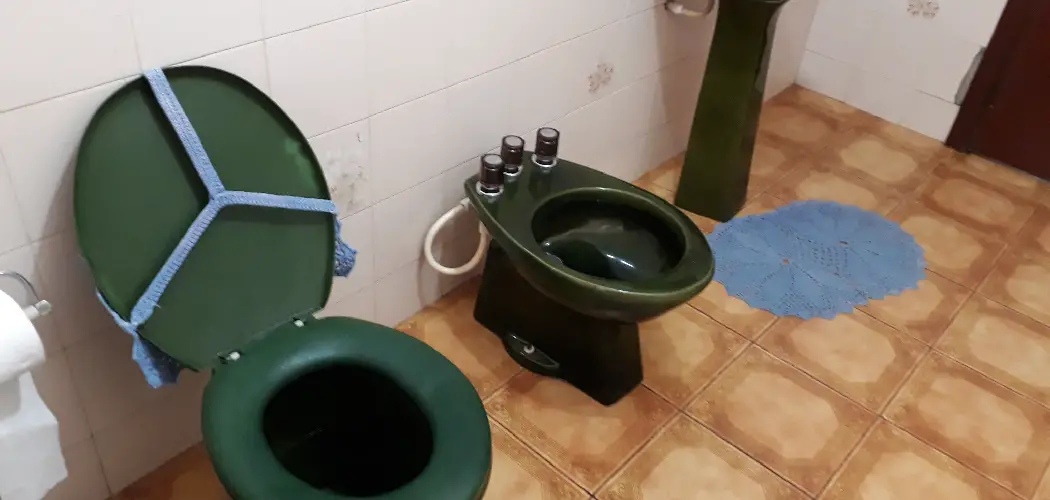Whether you are renovating your bathroom or adding a completely new one, adding a toilet to existing plumbing can be daunting. However, with a little know-how, you can install a toilet on your own, saving you significant money. In this post, we will provide you with a comprehensive step-by-step guide on how to add a toilet to existing plumbing.
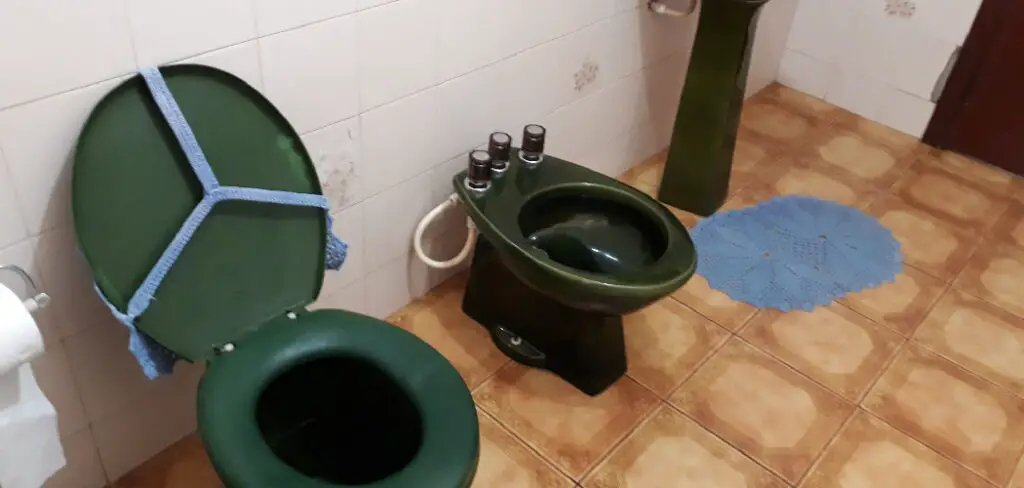
Can You Add a Toilet to The Existing Plumbing?
Are you one of the many homeowners wondering if it’s possible to add a toilet to your existing plumbing? The answer is – it depends. There are a few factors to consider, such as the location of your current plumbing, the amount of available space, and the type of toilet you want to install.
If your current plumbing is in a location that makes adding a toilet feasible, then it’s certainly possible to make it happen. However, if you’re dealing with a limited amount of space or complex plumbing, the task may be more difficult and require a professional plumber. Before tackling this project, weighing the costs and potential challenges is important to determine if it’s the right move for your home.
Why Should You Add a Toilet to The Existing Plumbing?
Having a functional and convenient toilet is a necessity for any household. Imagine walking all the way to a different part of your home to use the restroom. That’s not only inconvenient, but it’s also inefficient. Investing in a new toilet and adding it to the existing plumbing system is a smart decision to bring you long-term benefits.
Not only will it save you time and energy, but it will also increase the value of your property. Plus, a new toilet is a small but impactful way to update the look and feel of your bathroom. Don’t wait until it’s too late – decide to add a toilet to your existing plumbing today.
How to Add a Toilet to Existing Plumbing: A Comprehensive Guide
Step 1. Determine The Best Location
You must determine the best location before adding a toilet to existing plumbing. Ideally, the location should be near a vent stack and a soil stack. If the location is too far from these stacks, you must install a new stack, which can be expensive and time-consuming. Once you have identified the best location, you must shut off the bathroom’s water supply and plumbing system.
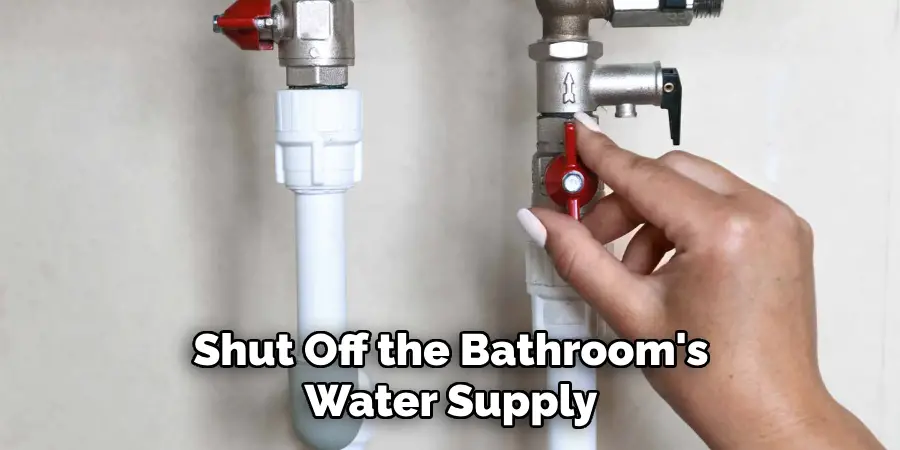
Step 2. Install The Toilet Flange
Before installing a toilet, you need to install the toilet flange. The flange is a ring that attaches to the waste pipe and provides a secure attachment to the toilet bowl. To install the toilet flange, remove the old flange and thoroughly clean the area. Next, attach the new flange and ensure it is level and flush with the floor. Use screws to anchor the flange to the floor.
Step 3. Install The Toilet Bowl
Once you have installed the flange, you can now install the toilet bowl. Begin by attaching the wax ring to the underside of the toilet bowl. Next, carefully lower the toilet bowl to the flange so that it sits flush against the floor. Once in place, use bolts to secure the bowl in place. Be sure not to over-tighten the bolts, which can damage the porcelain.
Step 4. Add The Tank
After installing the bowl, the next step is to add the tank. Begin by installing the tank bolts to the tank and placing the rubber gasket between the tank and the bowl. Next, lower the tank onto the bowl and tighten the bolts. Connect the water supply to the tank and test for any leaks.
Step 5. Install The Wax Ring
You must install a wax ring to ensure a tight seal between the tank and bowl. Place the wax ring over the drain pipe and carefully lower the toilet onto it to do this. Ensure that it is seated correctly before proceeding.
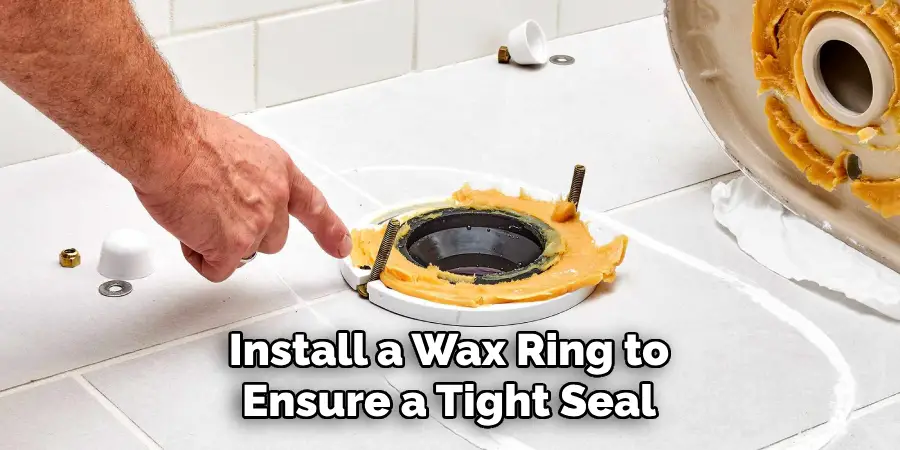
Step 6. Connect The Plumbing Fixtures
Once the toilet is installed, you can now connect the plumbing fixtures. Begin by connecting the water supply to the tank and then to the bowl using flexible hoses. After this, attach the drain pipe and overflow pipe to the bowl.
Step 7. Test and Make Adjustments
After installing the toilet, you must test it to ensure everything works correctly. Turn on the water supply and flush the toilet a few times. If there are any leaks or issues, make necessary adjustments and try again. If everything is working correctly, seal around the toilet’s base with silicone caulk.
That’s it! You’ve now learned how to add a toilet to existing plumbing. You can install a new toilet in no time by following these steps. Be sure to take all safety precautions and consult with an expert if needed.
5 Considerations Things When You Need to Add a Toilet to Existing Plumbing
1. The Location of the Toilet
One of the most important considerations when adding a toilet to existing plumbing is the location of the toilet. The location of the toilet will determine how difficult it will be to install the new plumbing.
If the toilet is located in a small bathroom, it may be necessary to move some of the existing plumbing to make room for the new toilet. Additionally, the sewer line’s location will also need to be considered when choosing a location for the new toilet.
2. The Type of Toilet
Another consideration when adding a toilet to existing plumbing is the type of toilet that you want to install. There are two main types of toilets: gravity toilets and pressure-assisted toilets. Gravity toilets are the most common type of toilet and use gravity to flush waste down the drain.
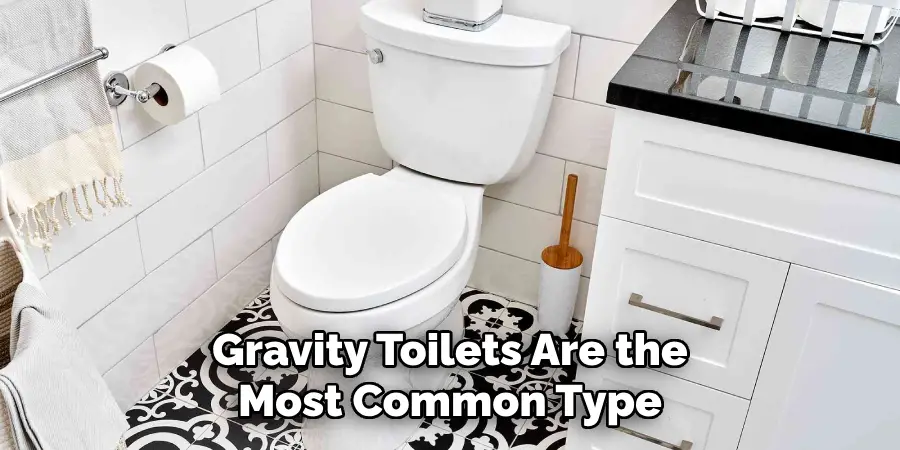
Pressure-assisted toilets use a pump to force water into the bowl, which helps to remove waste more effectively. Pressure-assisted toilets are typically more expensive than gravity toilets, but they may be worth the investment if you have a problem with clogs.
3. The Size of the Toilet
The size of the toilet is another important consideration when adding a toilet to existing plumbing. Toilets come in various sizes, so choosing a size that will fit comfortably in your bathroom is important. If you have a small bathroom, you may choose a compact toilet with less space. Conversely, if you have a large bathroom, you may want to choose a larger toilet that provides more comfort.
4. The Cost of Plumbing Materials
Another consideration when adding a toilet to existing plumbing is the cost of plumbing materials. Plumbing materials can vary significantly in price, so it is important to compare prices before purchasing. You may also want to consider buying used plumbing materials, as they can often be obtained at a fraction of the cost of new materials.
5. Hiring a Professional Plumber
If you are uncomfortable working with plumbing, you may consider hiring a professional plumber to install your new toilet. Professional plumbers have experience working with all types of plumbing and can usually install a new toilet quickly and efficiently. However, hiring a professional plumber will typically cost more than doing it yourself, so it is important to weigh the cost of hiring a professional against the benefits.
Adding a toilet to existing plumbing can be a challenging task, but with these five considerations in mind, you can ensure that your new toilet is installed properly and efficiently. Make sure to research all of your options before making any decisions, and if you are not comfortable working with plumbing it.
Benefits of Add a Toilet to Existing Plumbing
Few home improvement projects can be as practical and life-changing as adding a toilet to your existing plumbing. No longer will you have to wait in line for the bathroom in the morning or risk an embarrassing situation when guests come over?
Additionally, adding a toilet can increase the value of your home and make it more convenient for potential buyers in the future. Plus, with modern designs and efficient flushing systems, a new toilet can even save you money on your water bill. So why suffer through a bathroom shortage any longer? Take the plunge and add a toilet to your existing plumbing today.
Some Common Mistakes People Make When Trying to Add a Toilet to Existing Plumbing
Adding a new toilet to existing plumbing might seem like a straightforward process, but there are some common mistakes that many people make along the way. One of the most frequent errors is underestimating the importance of proper measurements. Without careful calculations, the new toilet may not fit properly or could cause sewage backups.
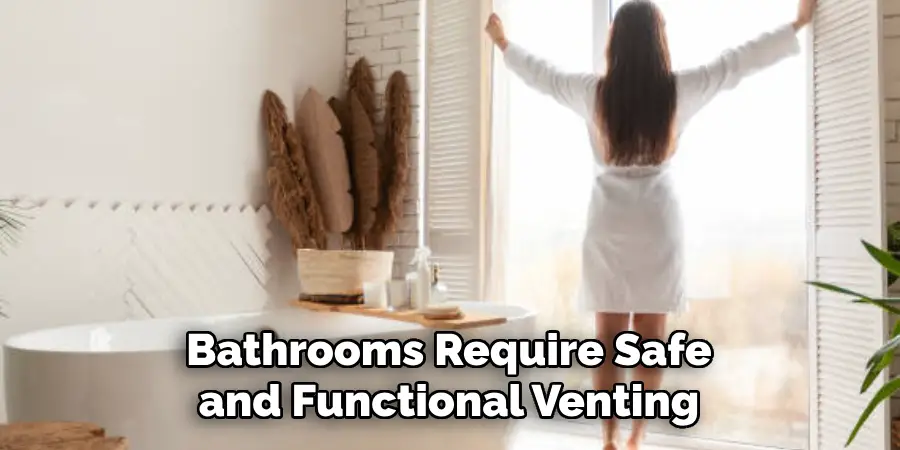
Another common mistake is overlooking the need for proper ventilation. Bathrooms require safe and functional venting to prevent moisture buildup and protect against mold growth. Additionally, many people fail to use the correct materials and tools when making plumbing connections, resulting in leaks or water damage. By avoiding these common mistakes and seeking professional guidance when necessary, anyone can successfully add a toilet to their existing plumbing.
Conclusion
Adding a toilet to existing plumbing may seem daunting at first, but with the right tools and a little know-how, it is a task that can be tackled by just about anyone. By following the steps outlined above, you can easily install a toilet and save yourself a significant amount of money in the process.
Proper planning, installation, and adjustments can ensure that your new bathroom fixture lasts many years. Thanks for reading our post about how to add a toilet to existing plumbing.

